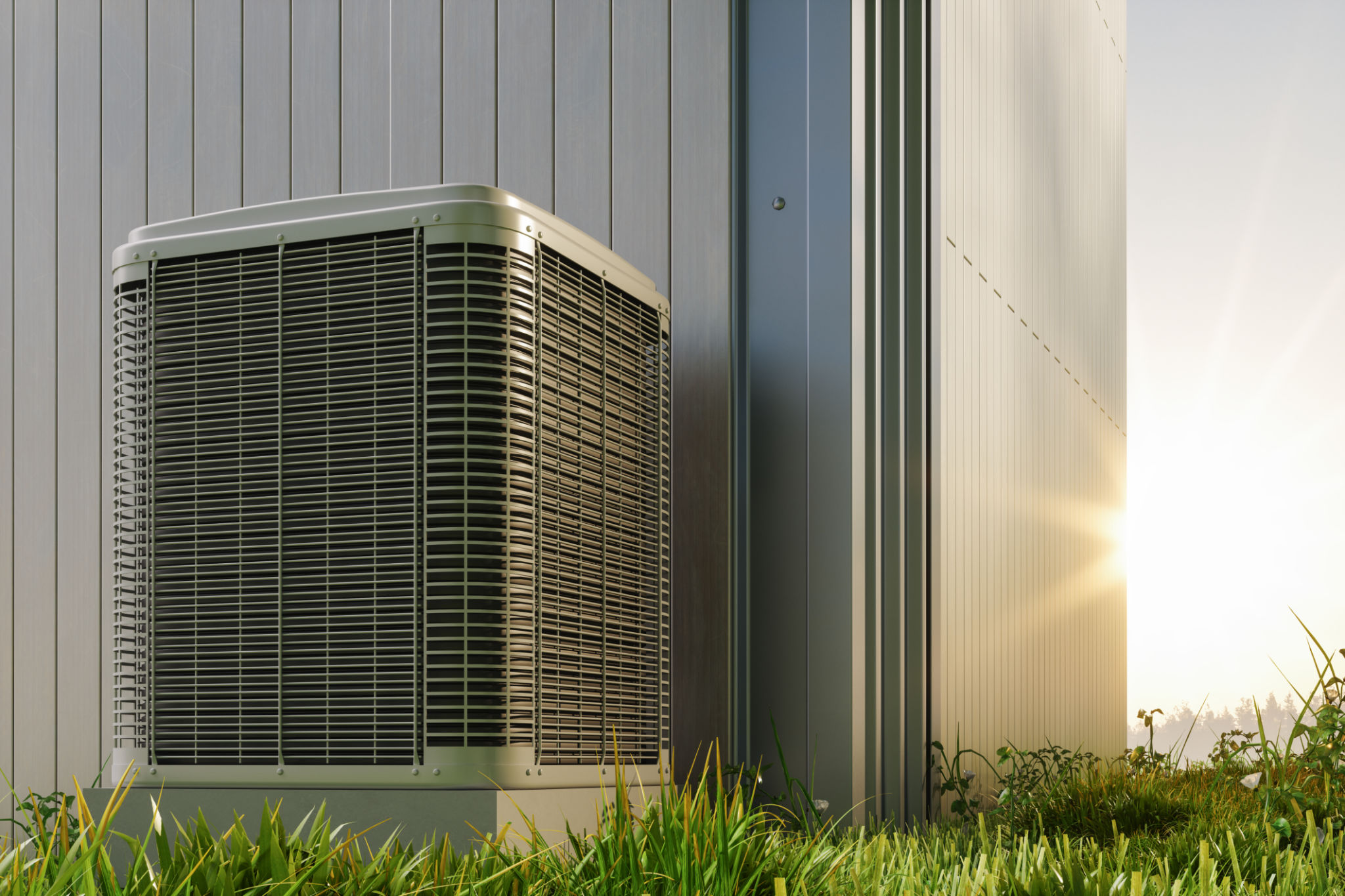Common Misconceptions About Ventilation Louvres Debunked
Understanding Ventilation Louvres
Ventilation louvres are often misunderstood components in architectural and industrial design. They play a crucial role in ensuring proper air circulation and climate control within buildings. However, several misconceptions surround their function and effectiveness, which can lead to improper usage or neglect in maintenance.

Misconception 1: Louvres Are Just for Aesthetic Purposes
A common belief is that louvres are installed purely for aesthetic reasons. While they can enhance a building's aesthetic appeal, their primary function is far more critical. Louvres facilitate adequate airflow, preventing moisture buildup and reducing the risk of mold growth. They are essential in maintaining indoor air quality and ensuring that HVAC systems operate efficiently.
By allowing fresh air to circulate, louvres help regulate temperature and improve overall comfort within a space. This makes them indispensable in both residential and commercial settings, especially in areas with limited natural ventilation.
Misconception 2: All Louvres Are the Same
Many people think that all ventilation louvres serve the same purpose, but this is not the case. Louvres come in various designs, each tailored for specific functions and environments. For example:
- Weather louvres: Designed to protect against rain and harsh weather conditions.
- Acoustic louvres: Used to minimize noise transmission while maintaining airflow.
- Security louvres: Provide additional safety without compromising ventilation.
Choosing the right type of louvre is essential for optimal performance and longevity.

Misconception 3: Louvres Are Maintenance-Free
Another misconception is that once installed, louvres require no further attention. In reality, regular maintenance is crucial to ensure their continued effectiveness. Dust, debris, and other environmental factors can obstruct airflow if not cleaned periodically. Routine checks can prevent blockages and extend the life of the louvre system.
It's important to follow manufacturer guidelines for cleaning and maintenance to keep your louvres functioning optimally. Neglecting this can lead to reduced efficiency and increased energy costs.
Misconception 4: Louvres Are Inefficient in Harsh Climates
Some believe that louvres are ineffective in extreme weather conditions, such as very hot or cold climates. However, modern louvre designs have evolved to withstand various environmental challenges. Advanced materials and engineering have resulted in louvres that offer excellent thermal performance and weather resistance.

Properly designed louvres can enhance energy efficiency by reducing the need for artificial heating or cooling. They can help maintain a comfortable indoor environment regardless of external weather conditions.
The Importance of Professional Installation
To fully benefit from ventilation louvres, professional installation is imperative. Incorrect installation can lead to poor performance and potential damage to the system or structure. Professionals ensure that the right type of louvre is selected and properly integrated into the building design.
By understanding these common misconceptions about ventilation louvres, property owners and architects can make informed decisions that maximize their benefits. This knowledge not only enhances building performance but also contributes to sustainable and comfortable living environments.